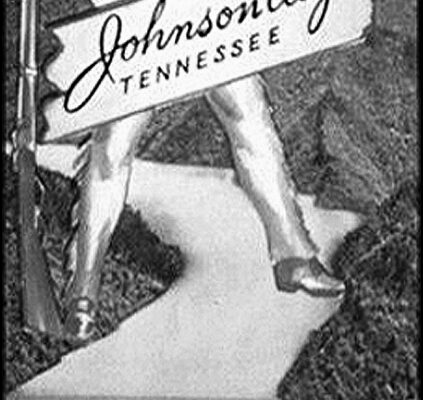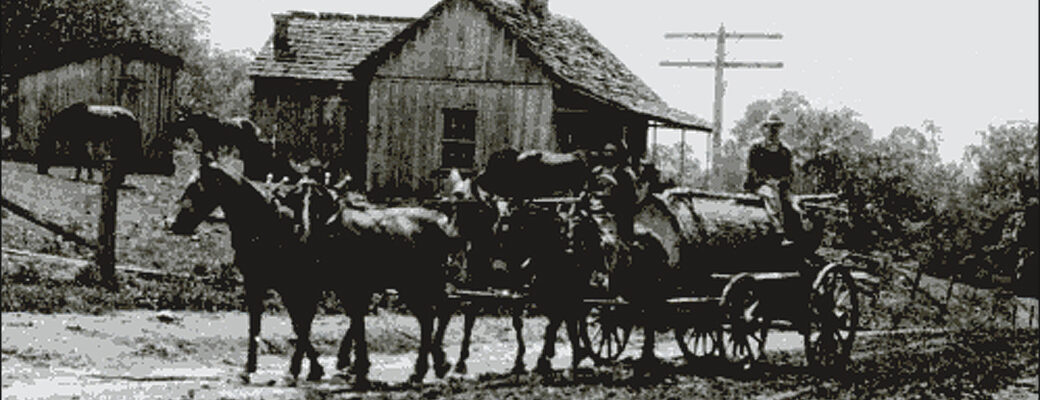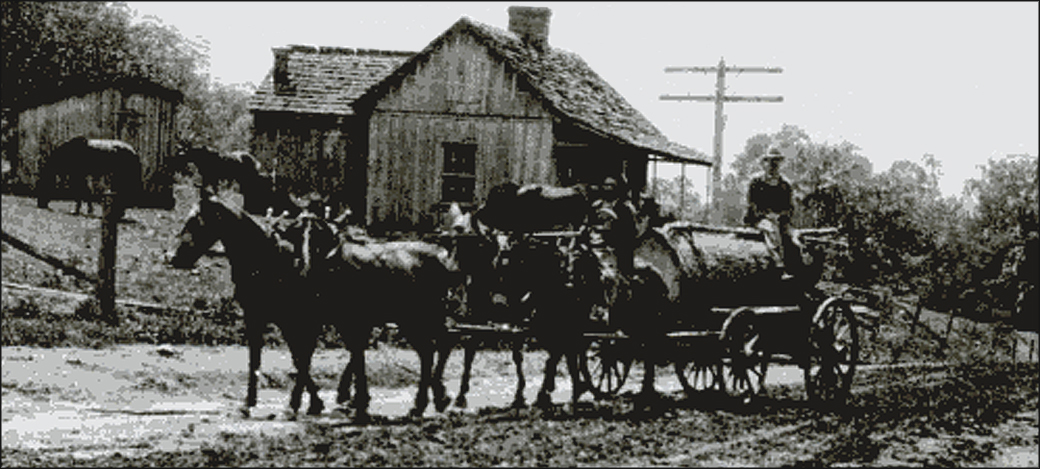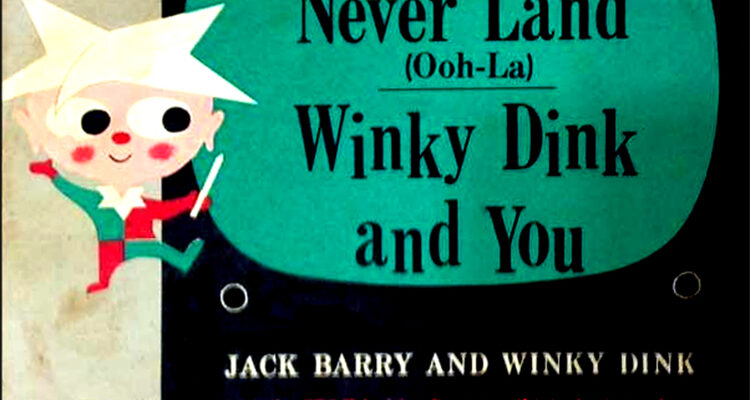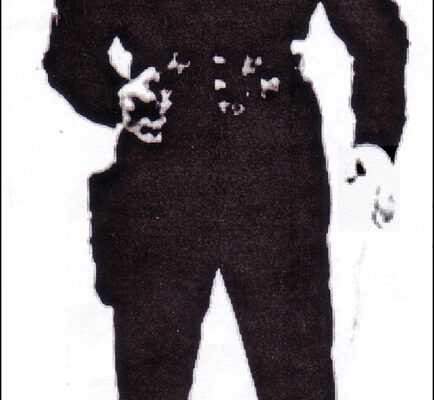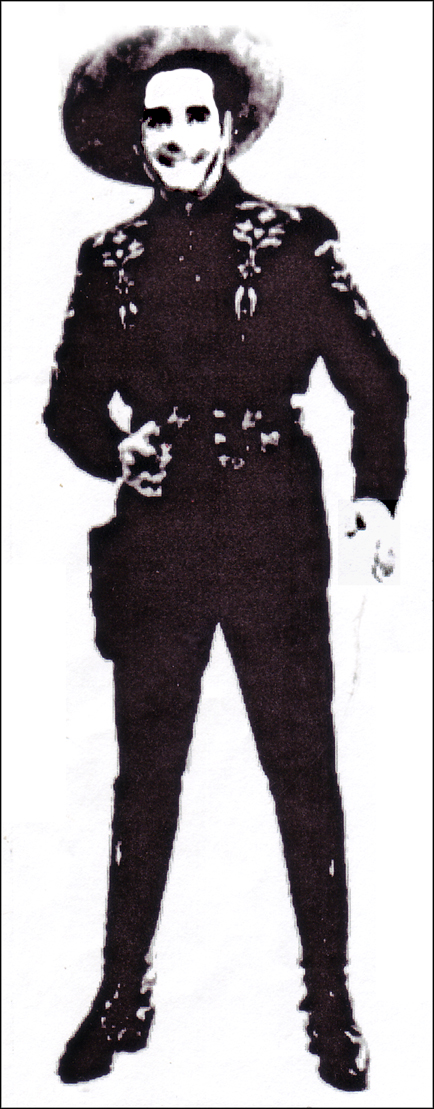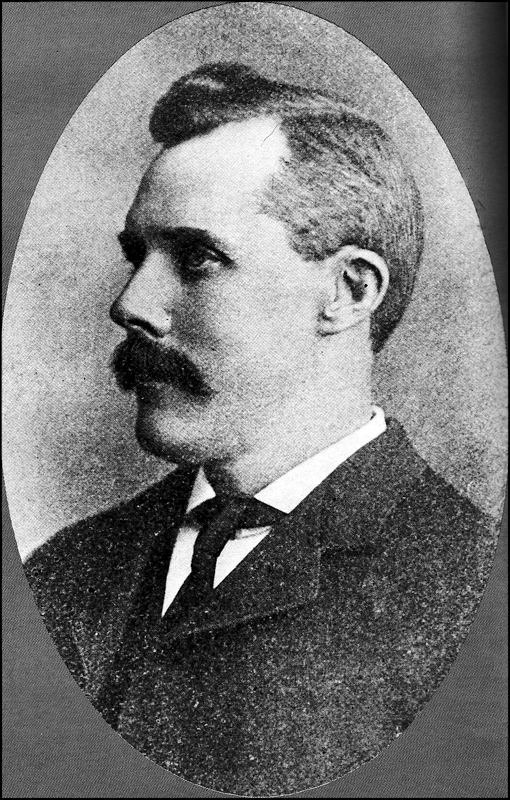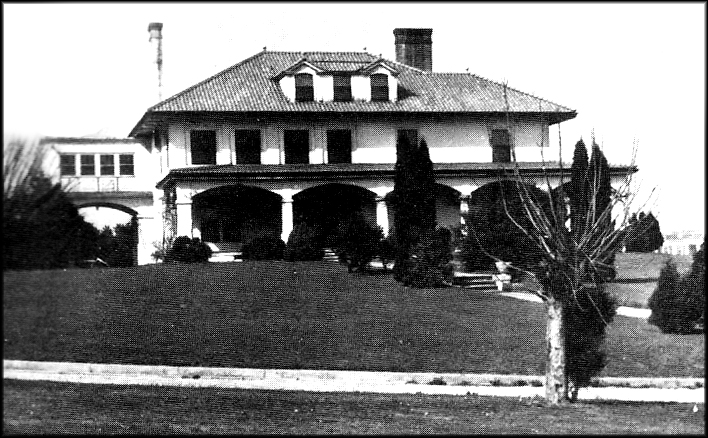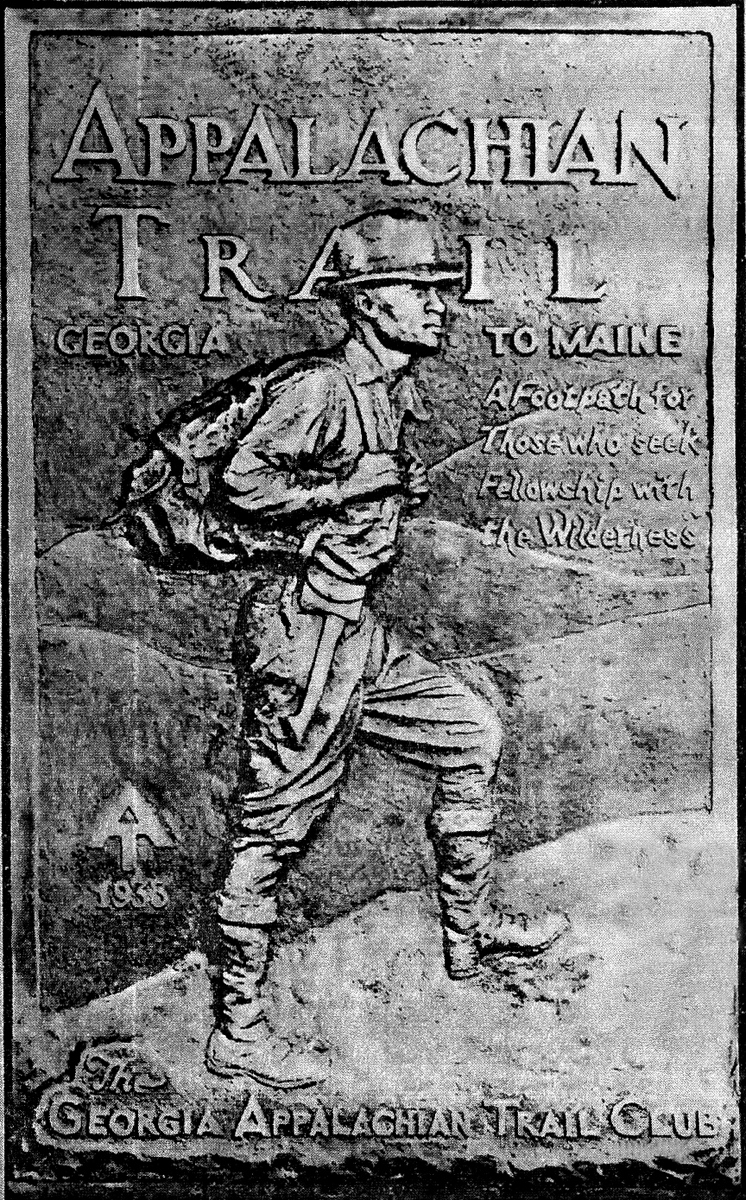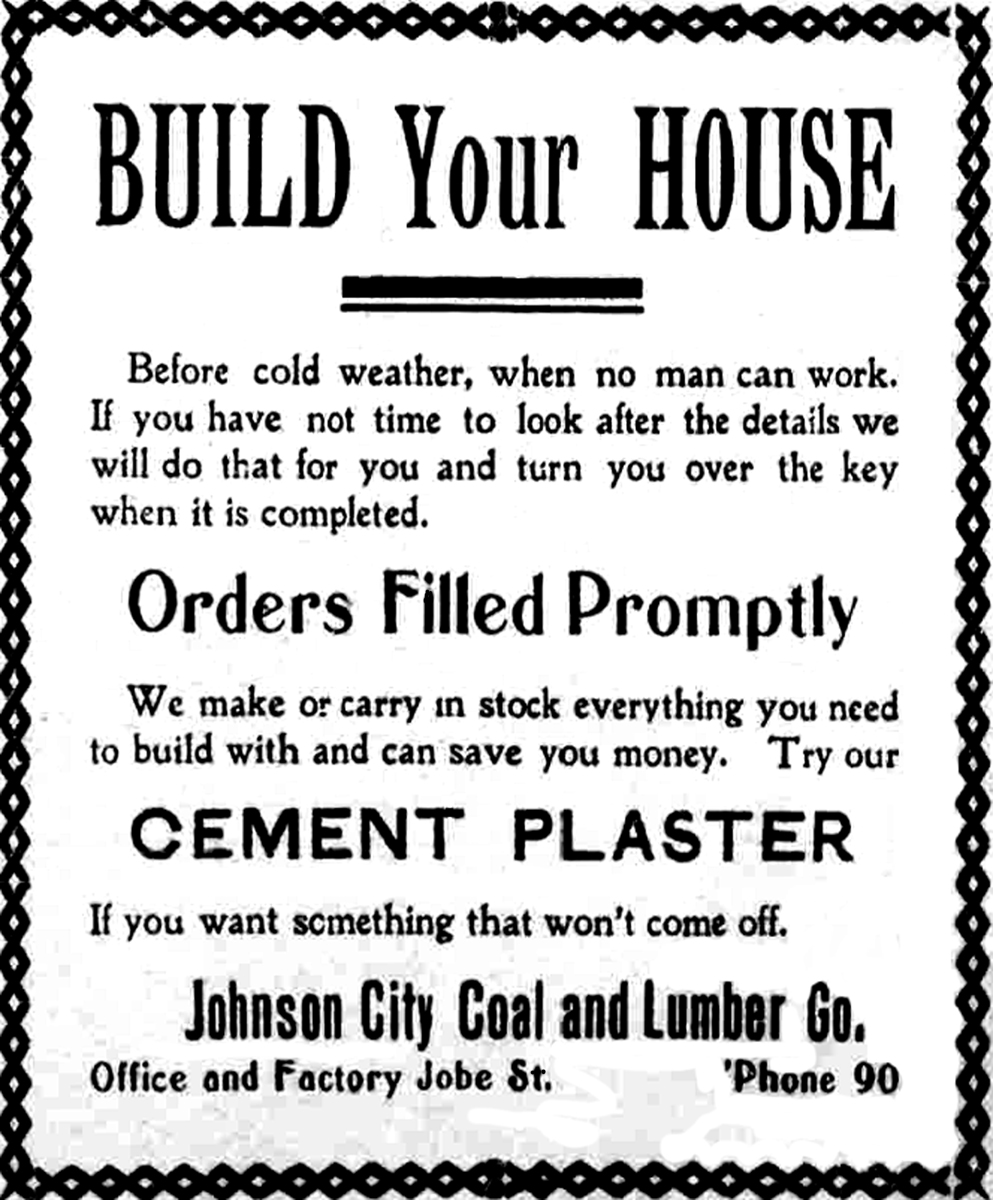On Wednesday evening, November 29, 1905, Martha Wilder Elementary School announced one of its upcoming “treats” of the school year. Teachers and students jointly arranged for an evening of entertainment that proved very pleasurable and “made everyone happier for awhile.”
While no admittance to the event was charged, the school conducted a fundraiser that was aimed at buying a much-needed piano. It was suggested that parents bring family and friends to assist in the effort.
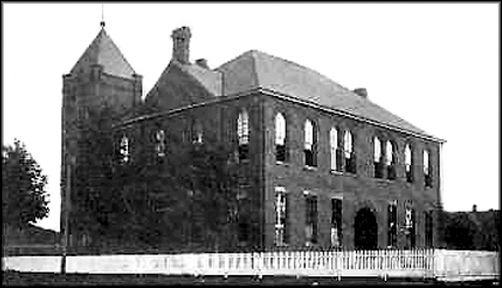
Martha Wilder School as It Appeared in 1905
One attraction was a palmist who agreed to offer her services for a modest fee, which was afterward donated back to the school. Her participation was humorously advertised: “She will tell you what you don't know and say nothing about what you do know.”
A “fish pond,” which was not described as being real or artificial but was likely the latter, was advertised as follows: “It will have as good a supply of fish in it as those that 'got away,' only these fish won't get away.” When someone hooked, he or she had the option of keeping it or giving it to one of their friends. It was explained that the more hooks someone had in it, the more fish they were sure to catch.
The location was described as “the sweetest place at the gathering” because of all the candy it possessed. One sign said, “There will be candy, and some more candy and then even more candy from the booth, also some home-made fudge in most imposing boxes. The ladies were especially interested in some very nice bits of fancy work that was donated by different persons.
The outing was held on the day before thanksgiving; the weather was possibly so chilly that it required refreshments in the form of hot coffee or chocolate, along with sandwiches and cakes (and of course candy).
The teachers and students worked hard for the success of their special evening and promised to continue their efforts until the conclusion of the “treat.” They did this to guarantee that each and every one attending would have a pleasant evening. They wanted to do their part to aid one of the city schools in securing the things that go to make school life easier for both pupil and teacher.
While lacking in details, the entertainment was described as being one of the best and everyone who possessed any deep interest and support for the public school lend their aid in every way possible.
Also on that same date, the school, through it principal, J. Frank Davidson, announced their list of “Star Pupils,” which today we refer to as honor roll students, including their academic scores, all of which had a score of 90 or above:
First Grade, Miss Eiseman: Lona Calloway 92 and Ralph Allison, 90.
First Grade, Miss Campbell: Lethia Moore 92, Guy Smith 92, Pearl Bowman 91, Nannie Weaver 91 and Irene Browning 90.
Second Grade, Miss Painter: Helen Vance 95, Elizabeth Osborne 94 and Mary Osborne 93.
Third Grade, Miss Burrow: Nora Johnson 90, Ethel White 90 and Sallie Wilson 90.
Third Grade, M.E. Brown: Frank St. John 95, Elizabeth Dunn 94, Lottie Carroll 94, Elsie Rose 94, James Blair 94, Whitney Buck 94, Roy Vandergrift, 92 George D. Hardin 91 and Allen Artz 91.
Fourth Grade, Miss Connelly: Mildred Wetherby 94, Marcia Wetherby 93, Charlie Hyder 93, Rebecca Able 92, Anna Phipps 92, Mary Dean Prease 91, Mary Taylor 91, Melvia Taylor 91, Elizabeth Martin 91 and Eugene Taylor 90.
Fifth Grade, Miss Slack: Henrietta Johnson 92, Pearl Hoss 92, Hugh Hoss 92, Joe Ellsworth 91, Pell Vance 91, Stewart Maher 91, Worley Morrell 90, Nettie Gibbs 91, Louise Parsons 91 and Ruby McClain 90.
Sixth Grade, (no teacher listed): Cyrus Lyle 96, Mary Kerp 95, Zeb Taylor 92, Lucy Lee 91 and Carl Bush 90.
I would like to hear from you if you know anything about this long deceased grammar school or can identify a family member or friend in the list.



-833x400.jpg)
.jpg)
